The new Land Rover Discovery Sport is Land Rover's replacement for the entry-level Freelander.
Following the towering success of the Range Rover Evoque, which has trebled the company’s sales expectations ever since its launch in 2011, Land Rover has also decided to revolutionise its Halewood stablemate, which is almost identical under the skin.
The Land Rover Disco Sport has been comprehensively redesigned and lengthened compared with the Freelander, with new rear suspension and a ‘five-plus-two’ seating format.
It is packed with technology, including a new infotainment system that will spread through the range and a new kind of exterior pedestrian airbag on the bonnet.
Land Rover believes that it will attract both the Freelander faithful and a new generation of buyers who wouldn’t have considered a Discovery before.
With a four-level range starting at £32,395 and reaching into the lower £40,000s, the new Sport is the first member of an emerging new-generation Discovery family whose incumbents will lay special emphasis on SUV practicality and stand between the company’s two other emerging model pillars: the rugged Defender family and luxurious Range Rover line-up.
Land Rover Discovery Sport design
The Discovery Sport draws plenty of design influence from the Discovery Vision concept, which was shown in New York in April 2014 and is sure to also influence the forthcoming Discovery 4 replacement. Although it is 80mm longer than the Freelander and a little lower, the Sport still looks compact but less upright and boxy, and its body sections are fuller.
Design boss Gerry McGovern calls it the pioneering model in a forthcoming generation of Discoverys that aim to show that premium positioning can be combined with practicality without unhappy compromises in either direction. We talked to McGovern about the new car in September 2014.
McGovern claims that he’s especially proud of the Sport’s dynamic shape – the way that its ‘fast’ clamshell bonnet works with well raked screens front and rear, a rising beltline, a gently descending roofline (although not enough to compromise interior headroom) and a carefully developed rear spoiler that cuts drag and is also able to keep the rear screen clean in murky weather.
Find out what we made of the Land Rover Discovery Sport on and off-road
The Sport shape has been optimised aerodynamically. The frontal area has been carefully controlled (the Sport is 15mm lower overall than the Freelander) and the drag factor, decent for an SUV at 0.36, has been refined both by computer techniques and authentic wind tunnel testing.

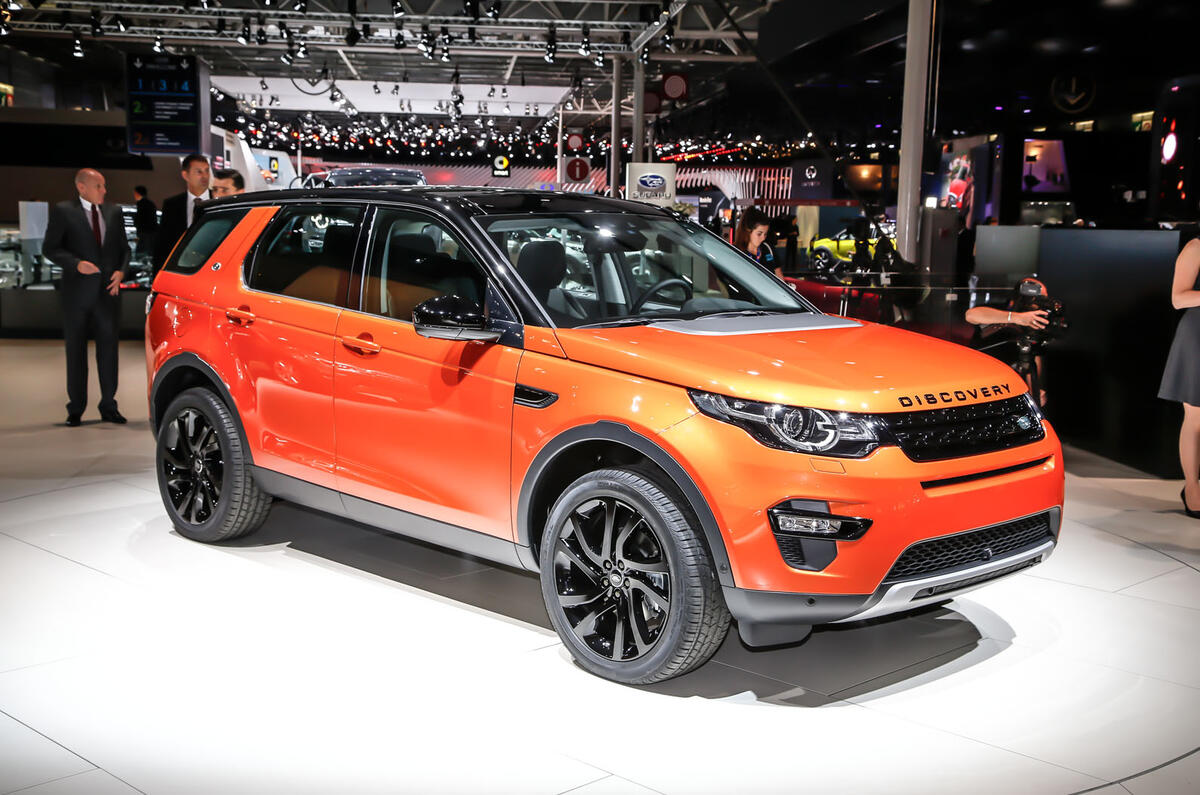
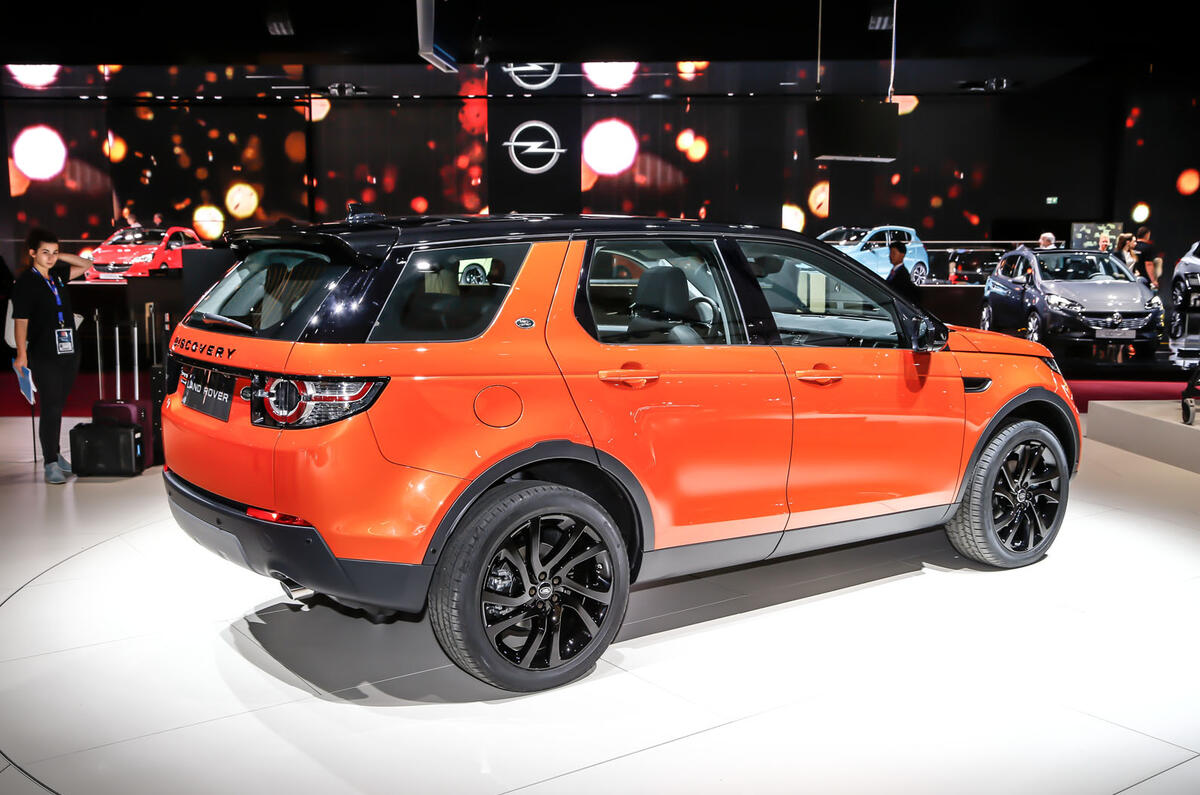
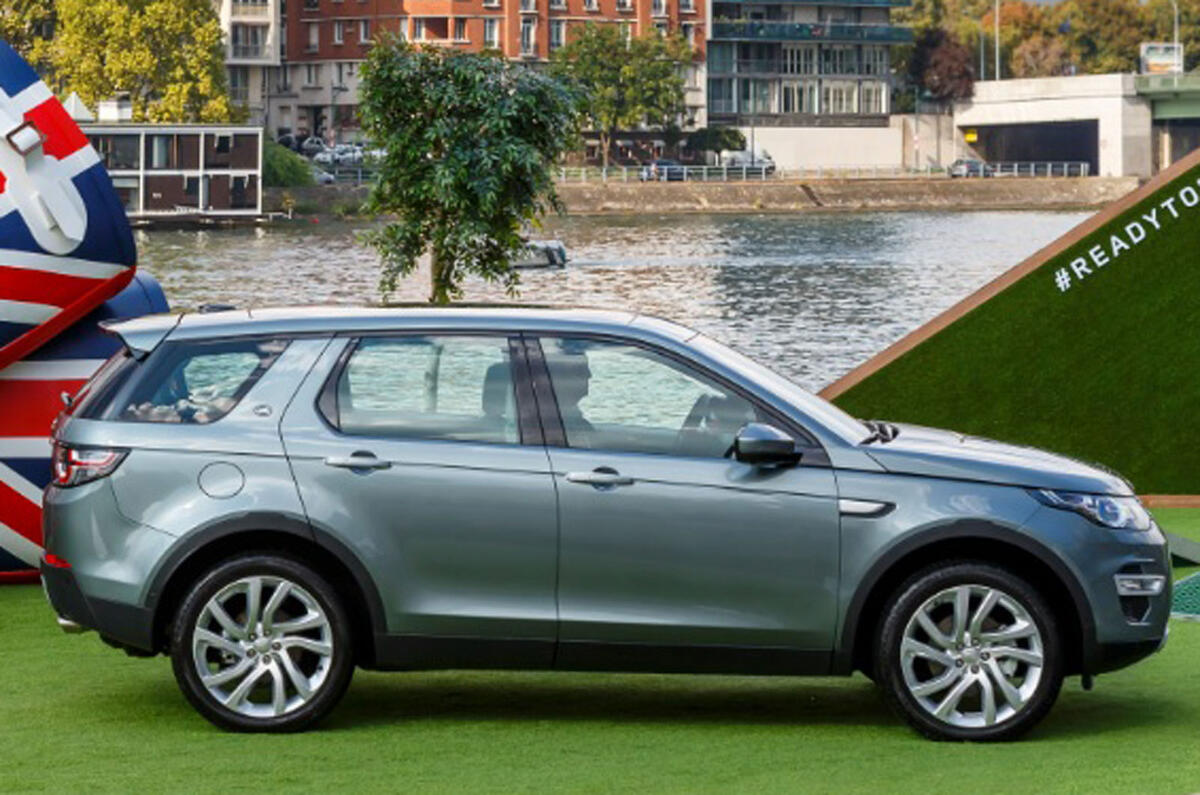
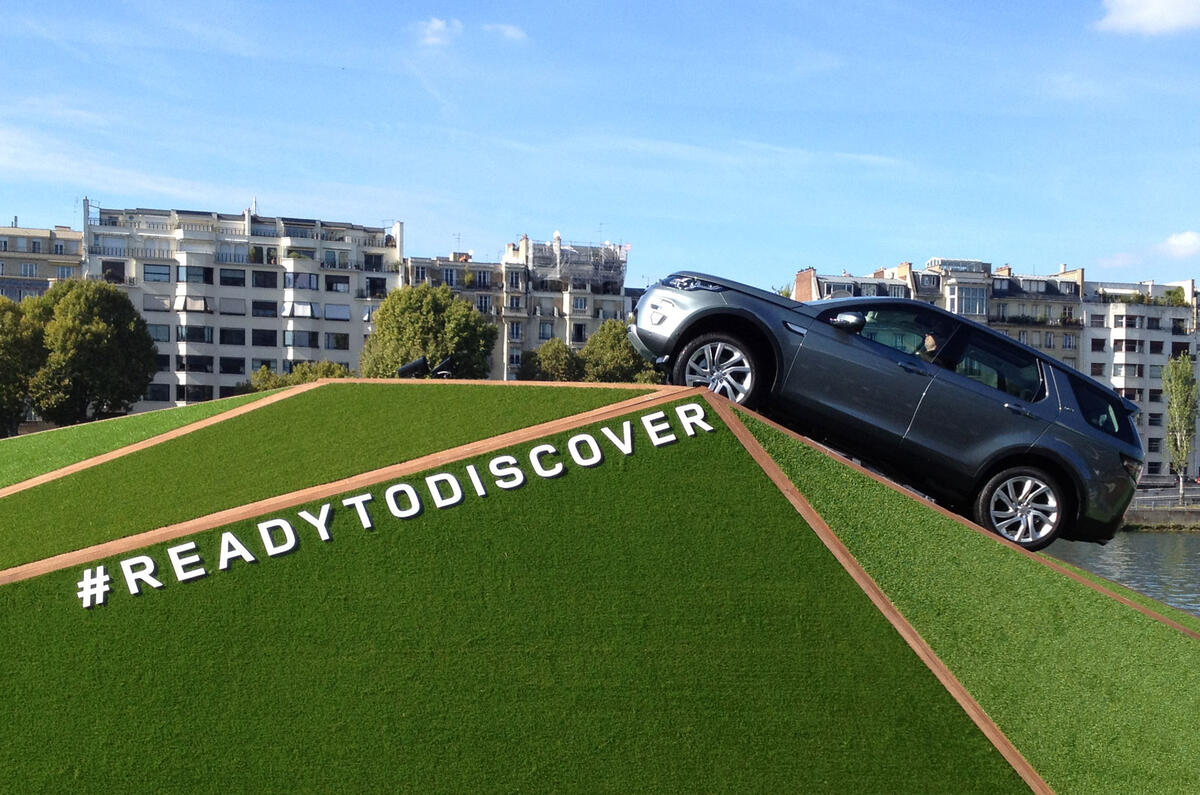
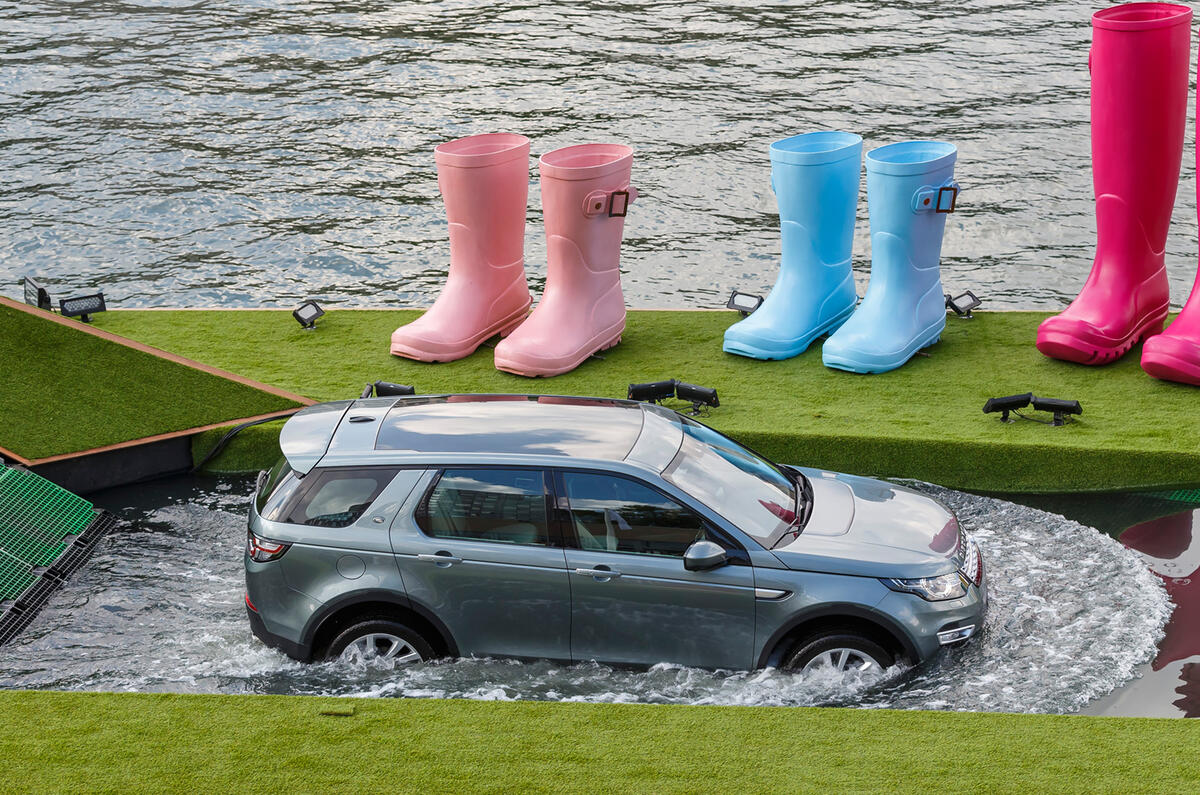
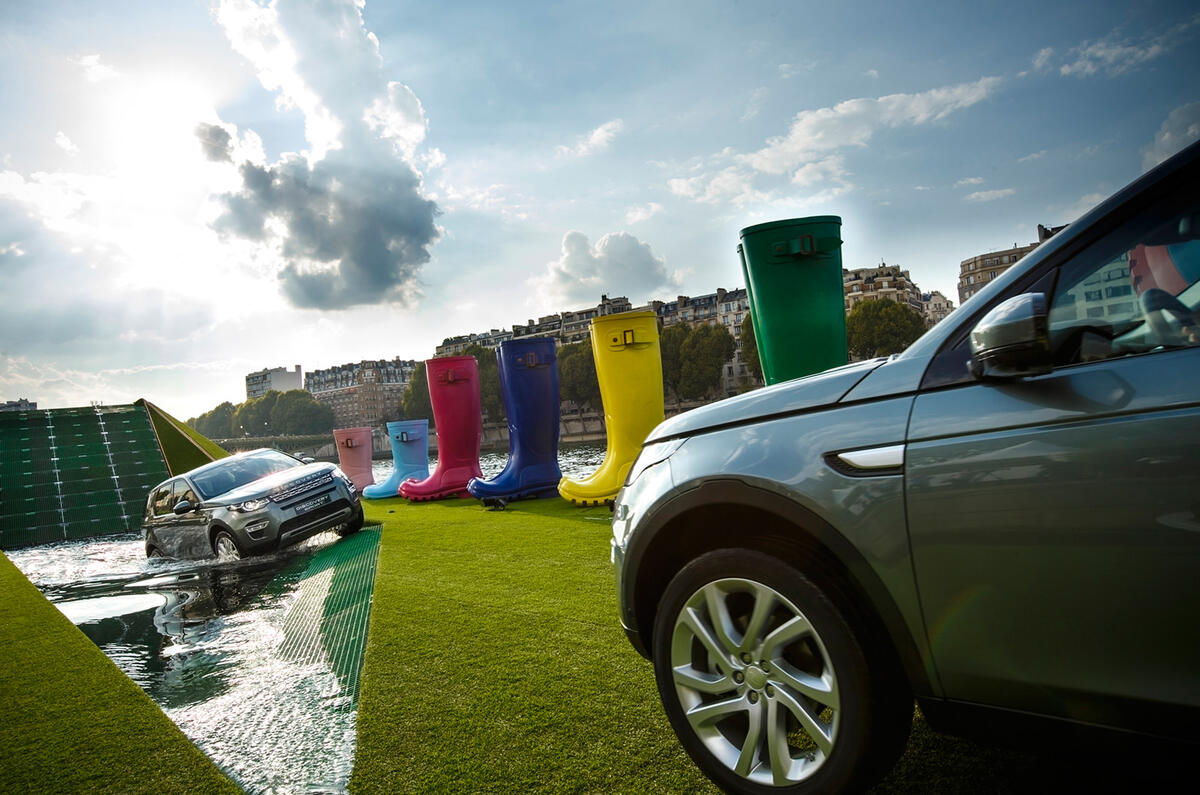



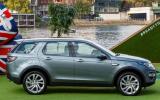
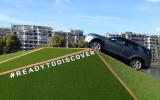

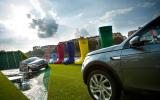
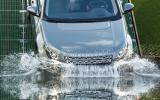






Join the debate
Add your comment
Great-looking car!
Yet another promising new
Seen two already